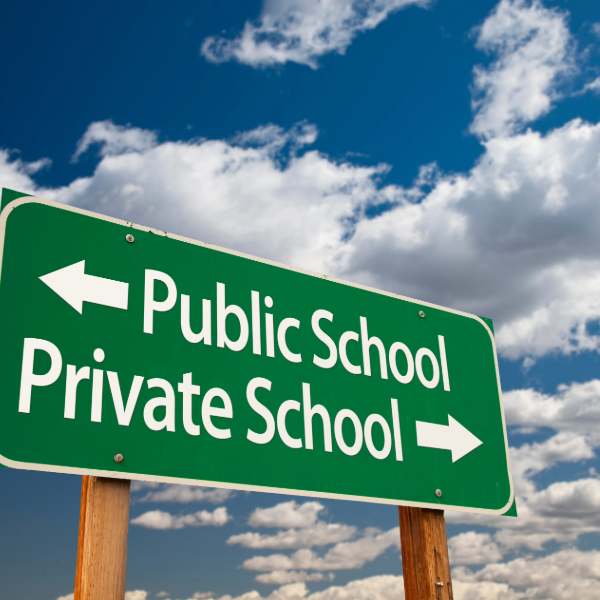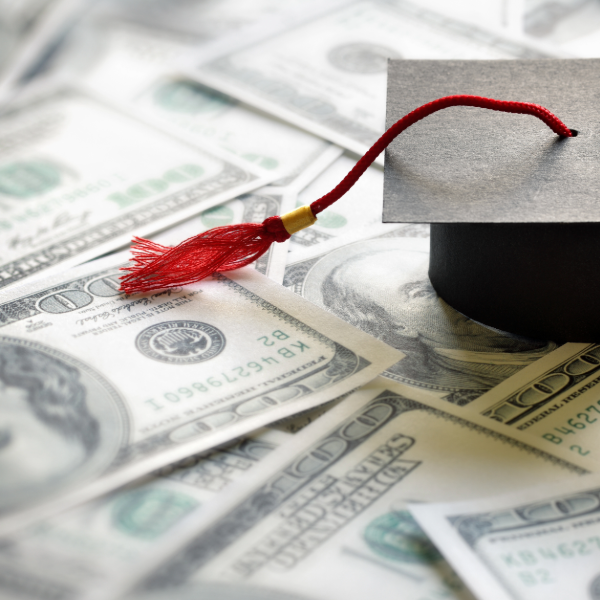
As debates about school choice continue across the United States, school vouchers and educational savings accounts (ESAs) have emerged as pivotal policy tools.
Gabriel Huddleston, associate professor and director of the Center for Public Education and Community Engagement at TCU, has researched the broader implications of school vouchers on public education.
He recently took time to discuss the nature of school vouchers, their legal and financial impact, and how their use has evolved over time.
What is a school voucher? How does it differ from other school choice initiatives?
A school voucher is a publicly funded subsidy that allows parents to use taxpayer
dollars to cover tuition costs at private or charter schools instead of sending their
child to a public school. Vouchers differ from other school choice initiatives, such
as charter schools or open enrollment policies, because they directly transfer state
funding to private institutions, often with fewer regulations or accountability measures.
Educational savings accounts (ESAs) function similarly but provide families with direct funding for various education-related expenses, including homeschooling, tutoring, and private school tuition. These programs are promoted as a way to expand options for families, but the data on their effectiveness is mixed.

How do school vouchers impact public school funding?
Public schools are funded primarily through a combination of state and local taxes
based on student attendance. When a student leaves a public school using a voucher,
that school now has less money in their budget. This shift can result in serious financial
strain on public schools.
Vouchers take money that would otherwise go to public schools and redirect it to private institutions, which do not have the same accountability requirements. This can lead to budget cuts, teacher layoffs, and overcrowded classrooms, particularly in already underfunded districts.
Texas ranks 37th in K-12 spending and 42nd in education funding nationwide, despite having one of the largest student populations. Given these funding challenges, school voucher programs could further strain already limited resources.
What are the potential effects of vouchers on students with disabilities and low-income
families?
Proponents of vouchers argue that they benefit students with disabilities by giving
families the flexibility to seek alternative education options. However, private schools
are not required to follow the Individuals with Disabilities Education Act (IDEA),
which ensures that students with disabilities receive necessary accommodations in
public schools. This lack of oversight raises concerns about whether private schools
are equipped—or willing—to serve all students equitably.
While vouchers may benefit some students, they also risk diverting funds from special education programs that are critical for students who require additional support.
For low-income families, the promise of school choice is often misleading. The average private school tuition in Texas exceeds the typical voucher amount, leaving many families unable to afford private schooling even with assistance. Additionally, private schools are not required to accept all students, meaning that voucher programs do not guarantee access to better educational opportunities.
How has the use of school vouchers evolved over time?
Historically, school vouchers were introduced as a way to provide educational alternatives,
but they have often faced legal and political challenges. Several states, including
Louisiana, Washington, D.C., Indiana, and Ohio, implemented and later rescinded voucher
programs due to concerns about academic performance and financial sustainability.
Research indicates that students in voucher-eligible schools often underperform compared
to their peers in public schools.
A meta-analysis of 92 studies found that school choice programs, including vouchers, have only a very small positive effect on student achievement. In many cases, students who use vouchers actually perform worse than their public school counterparts.
What does the future of school vouchers look like?
The debate about school vouchers will persist, especially in states like Texas, where
policymakers continue to push for expanded school choice measures. The future of vouchers
will likely depend on legislative priorities and public perception. However, if history
tells us anything, it’s that these programs often create more challenges than solutions.
As policymakers and educators continue to assess the impact of school vouchers, there is a need for careful evaluation of their long-term effects. Public education is a cornerstone of democracy. Rather than diverting funds to private entities, I believe we should focus on strengthening public schools and ensuring that all students receive a high-quality education, regardless of their zip code.
For more in-depth analysis, read ESAs and 'School Choice': Research Brief published by the Center for Public Education and Community Engagement on June 14, 2023.